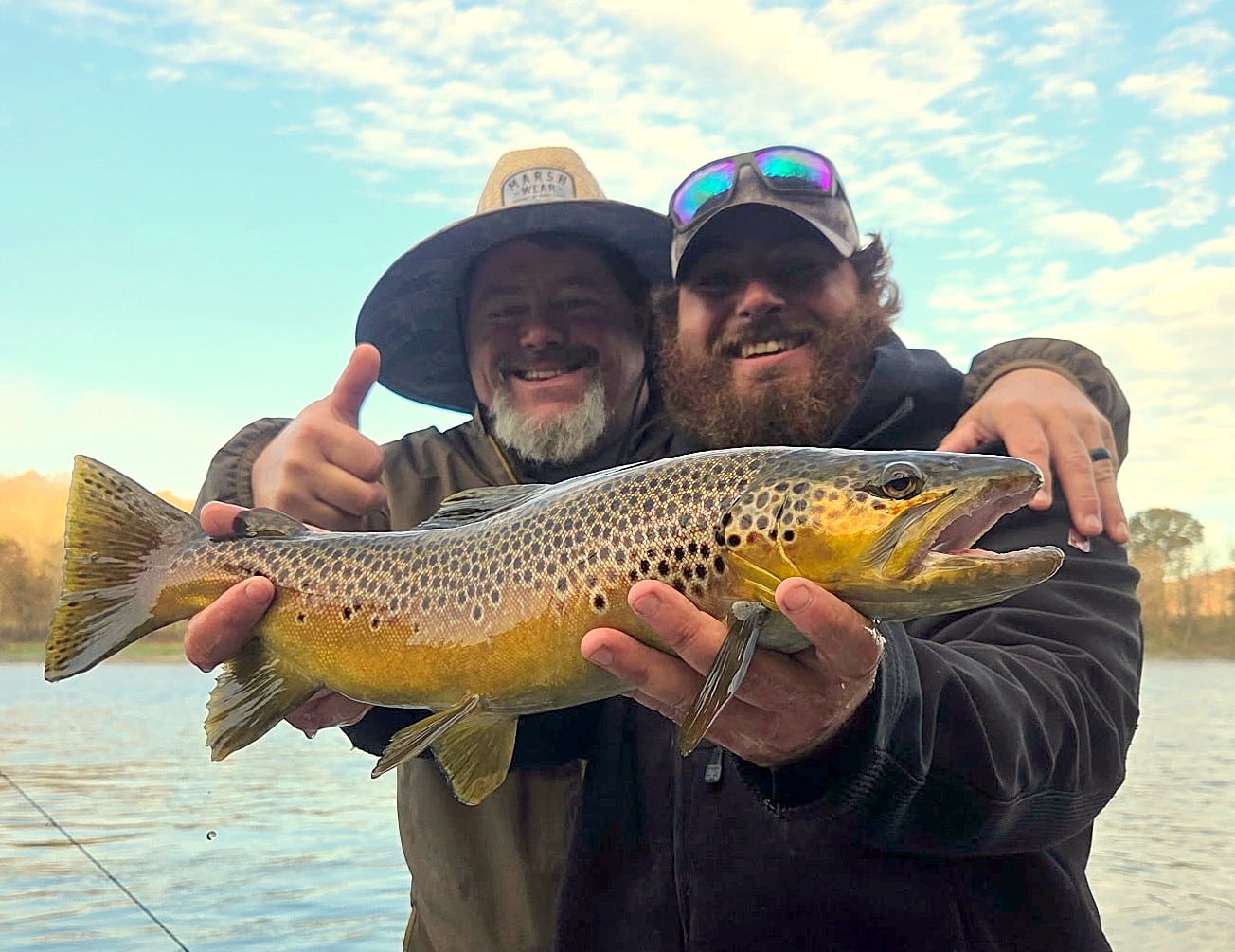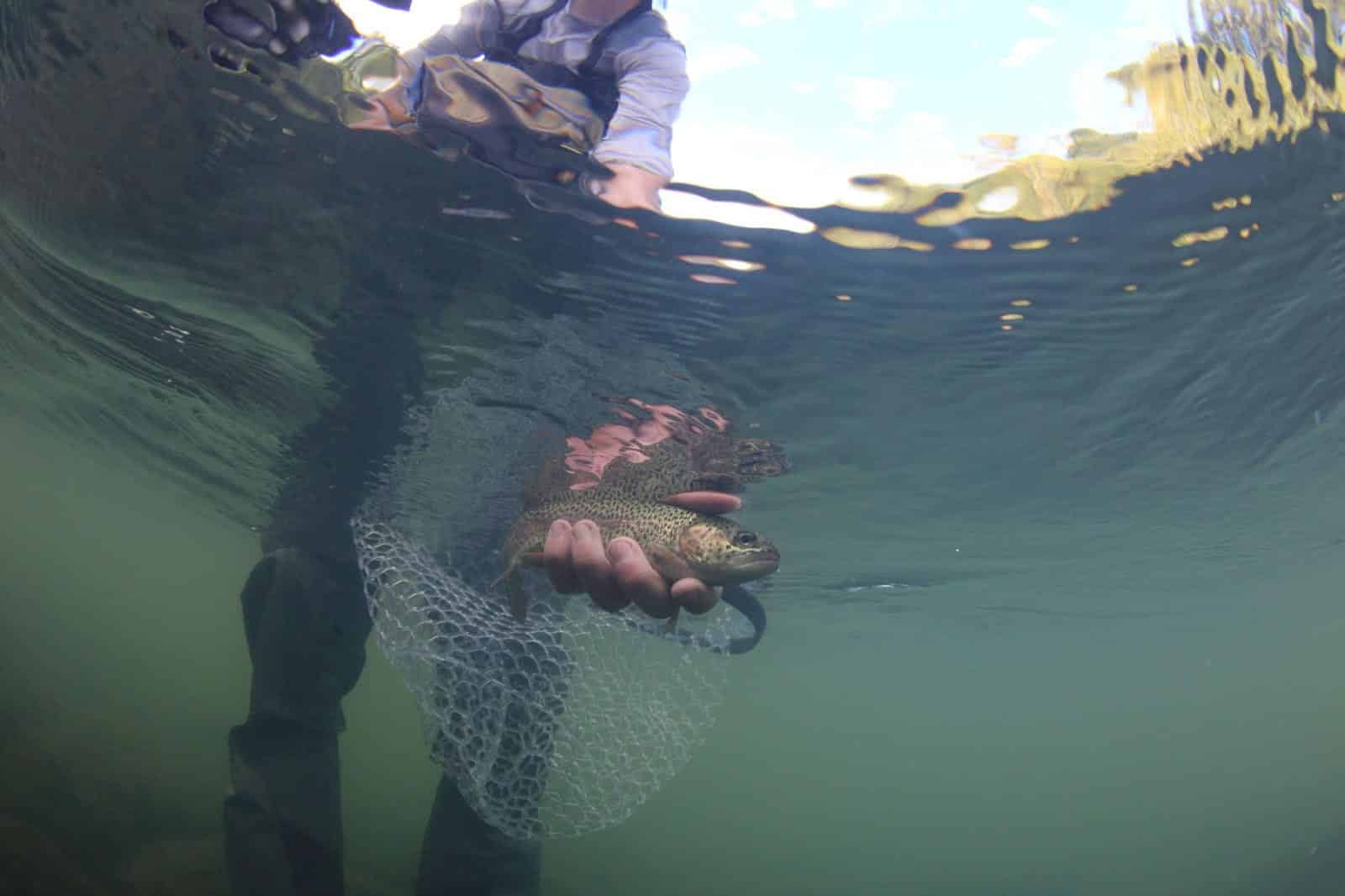Wetland Management
Greentree Reservoir Management
The sight of mallards falling through the trees in Arkansas’s flooded timber is a magical experience for duck hunters. At the turn of the 20th century, the Arkansas Delta and other river floodplains in the state boasted more than 5 million acres of bottomland hardwood forests. Changes in land and water use eventually destroyed or degraded more than 60 percent of this amazing bottomland ecosystem in Arkansas. In the 1950s greentree reservoirs were developed to offer reliably flooded bottomland hardwoods to mitigate these losses and provide habitat and duck hunting opportunity. But time has not been kind to Arkansas GTRs. The forest composition and health have gradually changed to less desirable conditions. Scientific information gained during the last few decades encourages a more natural and sustainable management philosophy for GTRs.
Resources
Current GTR Renovation Projects
Moist-Soil Units
Moist-soil management is the active manipulation of water and soil to promote germination of desirable wetland plants for waterfowl. Moist-soil units – including those managed by AGFC – are not idle set-aside fields grown up in “weeds.” Intensive moist-soil management – with spring drawdowns, summer irrigations, disking and staggered fall flood-up – can consistently produce abundant seed and other resources that benefit a diverse array of wildlife during multiple life-cycle events. When properly managed, moist-soil impoundments provide plant and animal foods that are a critical part of the diet of wintering and migrating waterfowl. Moist-soil habitats provide abundant seed resources, each with different values, and these seed-producing plants also provide complex vegetative structure that provides a substrate for abundant invertebrate production and overhead cover valuable for loafing and pair-bonding. Preferred moist-soil plants provide seeds and other plant parts (e.g. leaves, roots, and tubers) that generally have low deterioration rates after flooding and provide substantial energy and essential nutrients. Conversely, most conventionally-grown agricultural crops only provide waterfowl with foods that are high in carbohydrates. While these high-carbohydrate foods are important to wintering waterfowl, ducks also need the additional nutrients and proteins found in moist-soil plants to thrive during winter. Moist-soil impoundments also support diverse populations of invertebrates, an important protein source for waterfowl.



